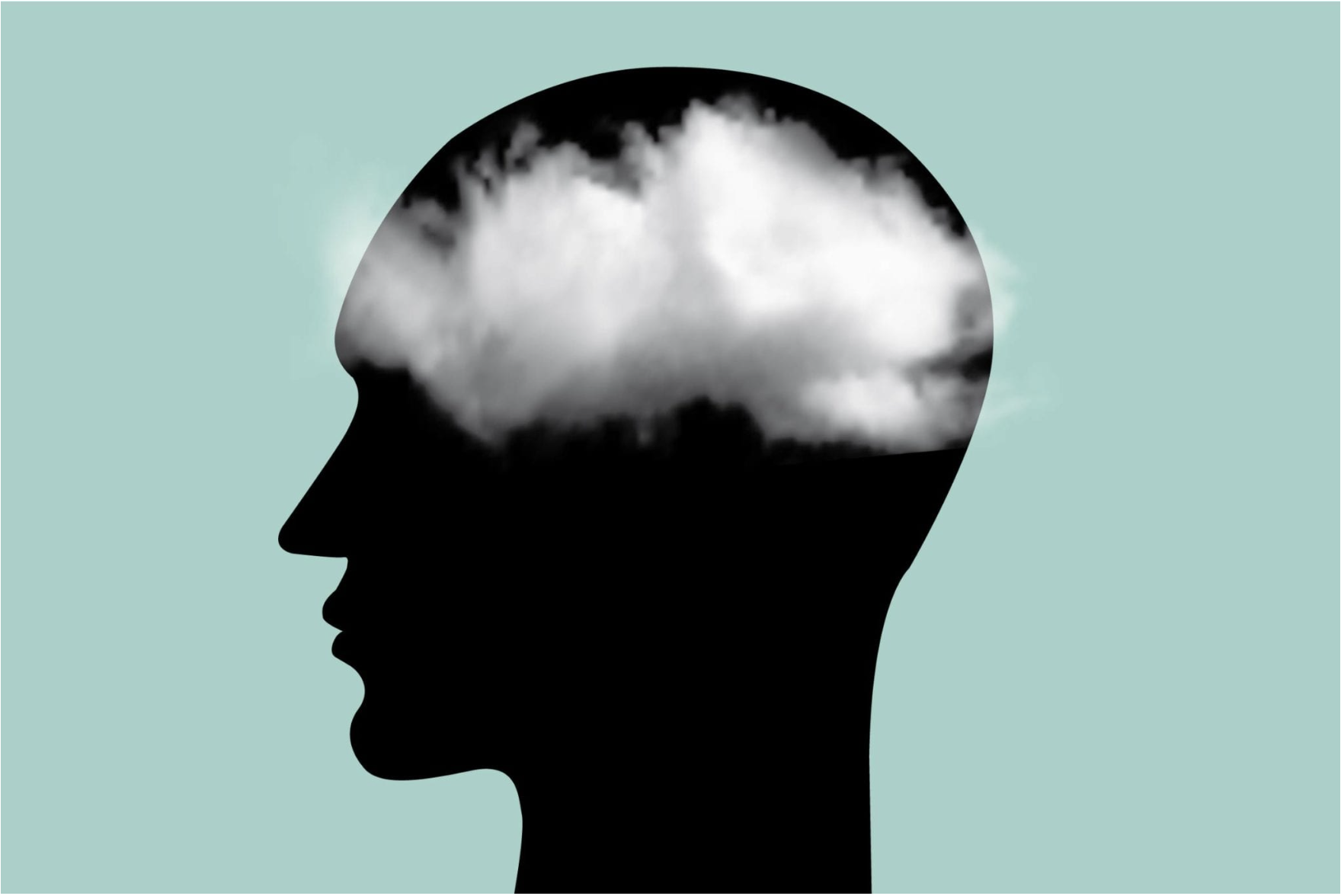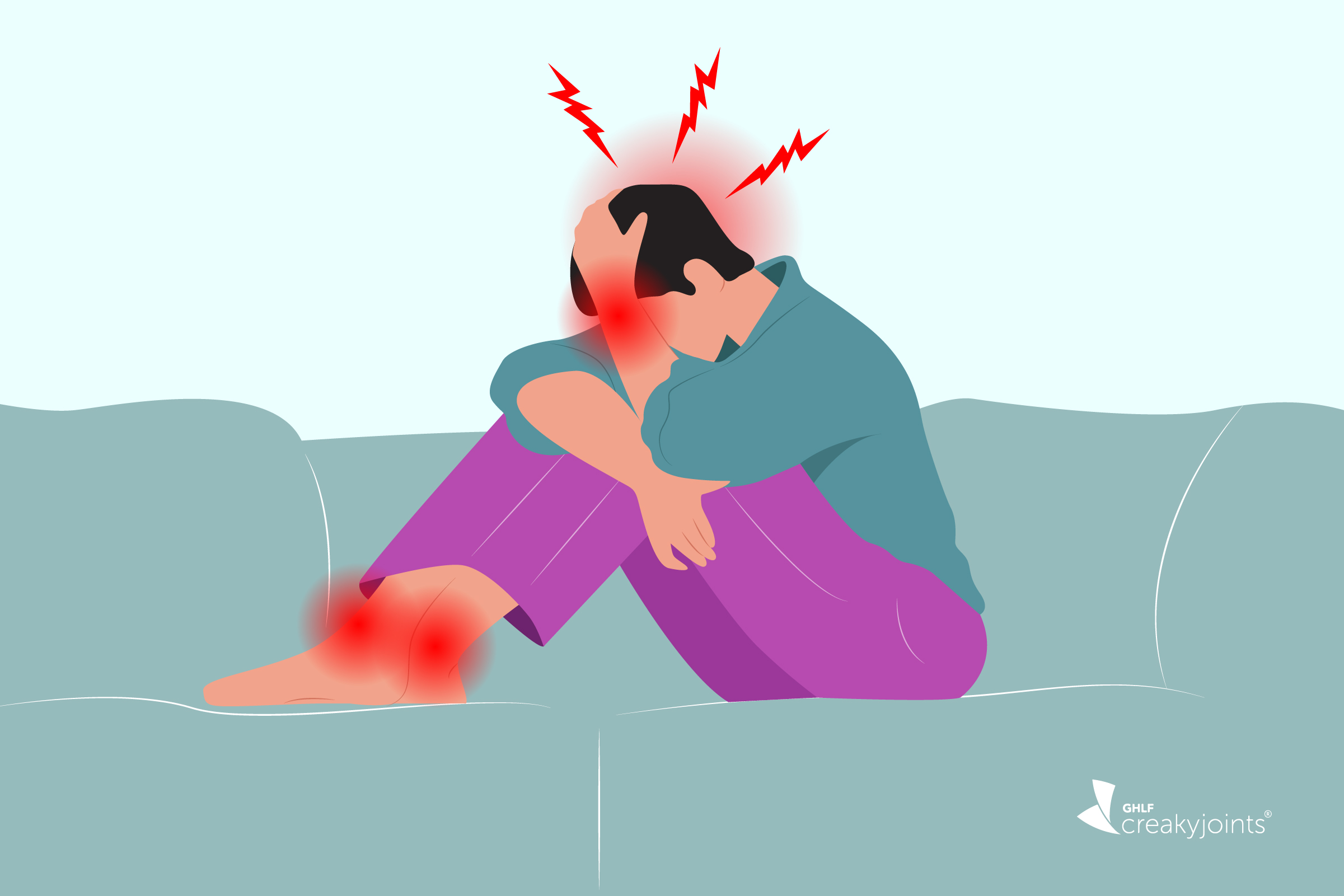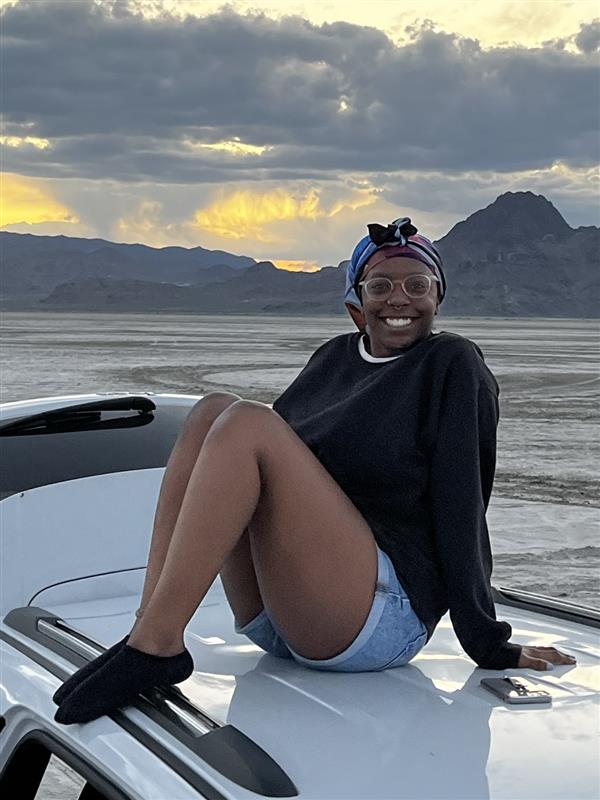The Up-End Migraine Project reveals key gaps in episodic migraine care, aiming to drive change and improve treatment options for patients through insights from both providers and patients.
This Migraine Patient Advocate Is Helping to Bring New Voices to ‘Headache on the Hill’
This Migraine Patient Advocate Is Helping to Bring New Voices to ‘Headache on the Hill’
February 11, 2022
Susan Jara
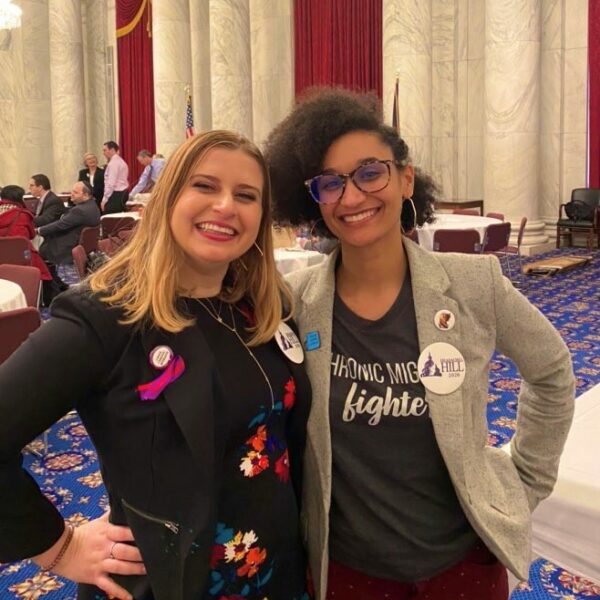
The summer before her 25th birthday, Sarah Reneé Shaw had the worst migraine attack of her life — and it lasted for three months. With symptoms like nausea, dizziness, and pounding head pain, she first thought it was food poisoning.
Sarah certainly didn’t think she was having a migraine attack. “I didn’t really know that Black people even could get migraine,” she says. “In the media in 2013, and still sometimes to this day, migraine was shown as a middle-aged white woman’s disease. And here I am, in my 20s, and migraine didn’t come to my mind. Migraine wasn’t even coming to my primary doctor’s mind.”
At the start of the third month, the symptoms became so severe that she had to leave a work event. At the time, she was employed as an event planner. “The sharp, shooting pain,” she recalls. “I was nauseous all the time. I was barely eating. The lights at night made it impossible to drive. I was waking up every morning, half blind in one eye. The pain was unbearable.”
Fighting Hard for a Diagnosis
After the death of her father — who was a staunch advocate for the health of his family — Sarah had to fight harder for proper medical care. Without her white father in the room, the conversations seemed to change. “I noticed how little doctors listened to me versus how they used to listen intently to my father,” says Sarah, who is a transracial adoptee [when a family adopts a child of a different race].
Doctor after doctor dismissed her — telling her she was young and in “perfect health” after lab tests came back normal. “They put it up to you’re having anxiety attacks, or you’re just really stressed — ‘go home, relax, take a bath,’ they told me, you know, really unhelpful information for someone who was pretty scared at the time.”
It was Sarah’s local pharmacist who first introduced her to the possibility of her having migraine. Sarah was scanning the pain pill section and decided to approach the consultation desk to figure out what would work best. “I thought, ‘She’s Brown. I’m a Black woman, maybe she’ll take me seriously,” says Sarah. “I said, ‘I think what I have is a headache, but I’m not really sure.’” After being asked to describe her symptoms, the pharmacist said it sounded like a migraine attack and recommended seeing a neurologist. “That was my first introduction to the migraine world.”
Even after Sarah was finally diagnosed with chronic migraine and began treatment, she wondered why she wasn’t seeing others like herself in the waiting room. “I was bothered: Where are all the young Black people with migraine?”
Sarah would ask herself the same question years later — but this time while attending Headache on the Hill (HOH), an annual advocacy event organized by the Alliance for Headache Disorders Advocacy (AHDH).
A Bug for Advocacy
Sarah’s first taste of advocacy was as one of 12 Rutgers students who went to Capitol Hill to lobby for continued federal student aid. “I had unfortunately lost my dad to lung cancer when I was in my second year of college. I was left with a bunch of debt, and I was really scared trying to figure it out,” says Sarah.
While Sarah recalls thinking “this is so great to share my story and make a change,” she had no idea that advocacy would one day be part of her future career and patient journey.
It wasn’t until three years later that she attended Headache on the Hill, an annual event (held virtually for the past two years) that unites health professionals, migraine and cluster headache advocates, and patients to present legislative requests (“asks”) of Congress. While these requests vary from year to year, they typically focus on improving awareness and treatment access and increasing funding for research for migraine and headache disorders.
This experience ultimately led to her working with the Global Healthy Living Foundation (GHLF) on the podcast, Talking Head Pain: Black, Queer, and in Pain. Later that year, Sarah was hired as BIPOC Patient Advocate, Community Outreach Manager at GHLF. In this role, Sarah connects regularly with Black, Indigenous, and People of Color (BIPOC) patient advocates to hear their stories, learn about their personal advocacy efforts, and find ways to collaborate.
“Some days it doesn’t feel like a job. It’s just me, helping amplify voices from marginalized communities, especially queer BIPOC voices. I want to make sure that I can use my platform to give a voice and pass the mic to people like me for who, for so long, the migraine world kind of ignored.”
Bringing More Voices to Migraine
In 2015, Sarah found the perfect place to amplify her voice: Headache on the Hill. Migraine remains among the top 10 disabling diseases — and yet it’s the least-funded research area among the most burdensome diseases. It is also grossly under-diagnosed and under-treated in BIPOC communities.
“There’s a lack of information being disseminated to and within not only Indigenous and Black communities but marginalized communities. This year’s “ask” for Headache on the Hill actually focuses on the vast disparities in migraine for Indigenous communities and the lack of doctors that they have access to. Socioeconomic status also plays into your access to care and treatment.” This means that BIPOC communities don’t always have the same or easy access to research, doctors, and medication.
“Headache disorders don’t discriminate,” says Julienne Verdi, Executive Director, Alliance for Headache Disorders Advocacy. “We believe that by having more diverse voices and greater representation from the BIPOC community at Headache on the Hill, we can begin to alleviate health care disparities for BIPOC patients and the headache disorders community as a whole.”
At HOH, Sarah finally had her opportunity — as a young Black professional living with almost daily migraine attacks — to raise awareness and share her story with members of Congress. “It was a great experience; it let me take back my narrative in my disease,” says Sarah. “I was finally in a group of people that had a disease like me — and that felt validating — but you can’t help but look around and see that, I’m pretty sure, I was the only young Black person there. It’s no wonder it took me so long to get my diagnosis when the room of advocates that are advocating for this disease don’t look like me.”
But not this year.
As part of her outreach work at GHLF, Sarah referred and encouraged five BIPOC patients to apply for Headache on the Hill. Together, along with more than 200 other advocates, they will ask Congress for:
- Funding to establish Headache Disorders Centers of Excellences for Indigenous Communities
- The National Institutes of Health (NIH) to prioritize research funding for diseases like migraine, which is chronically underfunded relative to its burdens
“Sarah encouraged me to take part in Headache on the Hill — to make my story and perspective heard and to help bring about tangible changes to those who live with migraine disease,” says Fred Flores, who will be attending HOH for the second year. “I felt lost, burdensome, and alone for so long while living with this disease. It wasn’t until my desperation for answers led me to the migraine advocacy community that I would then find my voice to participate in real change.”
Verdi hopes that having a diverse group of patients share their stories and experiences can help “break down the stigma around headache disorders and move the needle forward toward more equitable policies for all people living with headache disorder in our country.” She says, “I truly believe that the way we change the hearts and minds of legislators and move policy forward is through storytelling.”
Meet the Advocates
Read more about Fred and four other BIPOC patient advocates attending Headache on the Hill this year to share their stories and raise awareness about living with migraine.
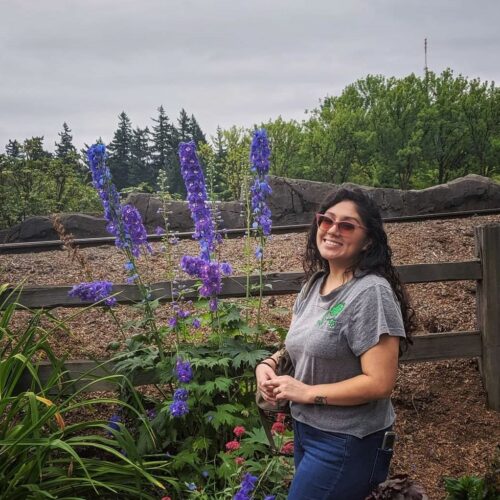
Fred Flores (They/She)
Age: 29
Tell us about your migraine journey
FF: “My journey began seven years ago, when I was first diagnosed with chronic migraines; after two years of crippling headaches, nausea, photosensitivity, and fatigue that ER doctor after ER doctor couldn’t provide relief from. Like many Brown people in my community, the lack of adequate health care is what kept me burdened with the symptoms of chronic and episodic migraines for years. Because of migraine disease, I had to move my energies from completing my degree to having a job that could provide basically subpar health insurance to help me manage my chronic illnesses.
Thus, my journey in how to navigate in this new reality began. I had to find my triggers, coping strategies, and accessibility needs by trial and error. You know what doesn’t wait around for trial and error? School, work, and sometimes, even friendships. It felt like I was losing everything alongside my health and mind.”
Why is it meaningful to you to have a voice/presence at HOH?
FF: “By speaking up about my migraine journey, I hope to help empower other BIPOC patients to make their voices heard in spaces like these. For so long we have been pushed aside, but with the courage of the young, passionate, and experienced, maybe we can make tangible changes for BIPOC communities.
The government needs to do more than just acknowledge the severity of migraine but also must make health care resources more readily available. You can’t work a normal 9 to 5 with a migraine and the only help you can get in flexibility is FMLA, Family Medical Leave of Absence, which you can only attain by being at a job for 12 months. That’s if you can last working at a job [for that long] with the burdens that come with living with migraine, including early clock-outs, missed days, and accessibility needs. Without a job, you have no insurance, you have no respite. Without that you can’t get the information you need to even get disability insurance if you decide to apply for it.”
What’s your main message to other BIPOC patients living with migraine?
FF: “We need resources, clinics, and screenings available for those who can’t make it out of bed and have no bus fare to get to expensive clinics. We need mental health support systems for those who have felt helpless and unheard because of said migraine disorders. We need to be seen, finally. So, in the end, that’s what I hope my voice can help achieve; to make other BIPOC stand together and no longer have to ration medications, go days on end with debilitating pain, and to remind them we are not alone. We are going to fight to change systems that have failed us.”
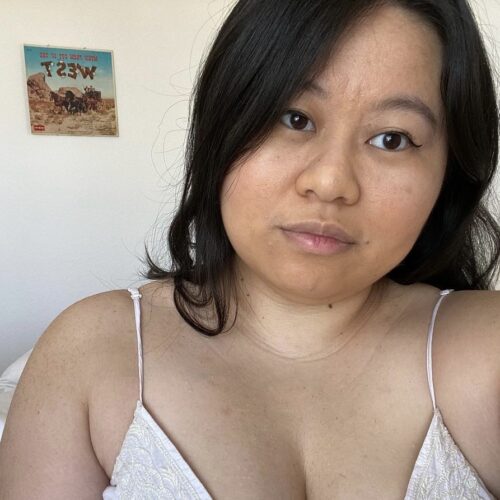
Kelsey Feng (she/they)
Age: 25
Tell us about your migraine journey.
KF: “It took me eight years to seek medical attention because I truly believed I just had headaches. When I first started getting them, my family had essentially convinced me that I was just not taking care of myself — like not getting enough sleep. I thought that I just had a low pain tolerance and needed to stop being so dramatic. There was even this belief that my dad and grandma would often instill in me as a child. I was often told that if I went to bed with my hair wet, I would grow up with headaches. I would down extra-strength Tylenol and Advil to get by.
Then my roommate pointed out that it’s not normal to not be able to function with a headache. I fit the migraine diagnosis criteria perfectly — throbbing pain on one side of the head, sensitivity to sound and light, and the occasional nausea with it. I got tinnitus, irritability, excessive yawning, and dizziness to alert me when an attack would be coming. I started researching more about migraine and eventually sought medical attention since my condition was getting worse. Within a year, I went from two or three migraine attacks a month to daily attacks. I felt alone and hopeless.
After finally getting a diagnosis in July 2021, I felt relief, I felt seen. There was a glimmer of hope because now I could seek out treatment options.”
Why is it meaningful to you to have a voice/presence at HOH?
KF: “I want to provide visibility to our representatives that migraine is a disease that affects queer BIPOC, just as much as the white, cis[gender], straight folks. I wanted to share my story on how the lack of education on migraine prevented me from seeking treatment for almost a decade. Education that could have saved me from pain chronification [transient pain progressing into persistent pain].
I’ve always wanted to help others. Through migraine advocacy, I hope to educate and provide hope to those who need it the most. Queer BIPOC are often undercounted in reporting due to the stigmatization of chronic pain in communities of color. Growing up I knew it was always about keeping up appearances. I constantly experienced fatphobic comments growing up and thus any pain I felt was always boiled down to ‘losing weight’ or ‘exercising more.’”
What’s your main message to other BIPOC/LGBTQ+ patients living with migraine?
KF: “You’re not alone; there’s always support and hope out there.”
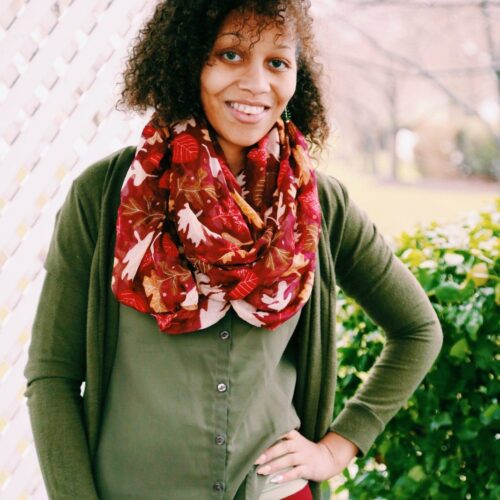
D’Sena’ Warren (she/her)
Age: 32
Tell us about your migraine journey.
DW: “I’ve had migraine attacks since the age of 9, which were initially episodic. In 2010, I was involved in a motor vehicle accident which left me with a traumatic brain injury. A year after the accident, I officially received a diagnosis of chronic migraine.
It took a year to get a chronic migraine diagnosis but three years to get a complex migraine diagnosis. Medicine/science is forever evolving and there is a physician waiting for a patient like me. Although it may not always be easy to feel like I deserve the same care as someone that has a visible disability, I am valid. I have a voice and I have a tribe.”
Why is it meaningful to you to have a voice/presence at HOH?
DW: “It is meaningful for me to share my experience as a woman of color with the care/lack of care I’ve received. Migraine is not all in your head. Migraine is not one size fit all. It is a complex neurological disease that deserves more funding for research.
My life is as patient, mom, and advocate — for myself and my community, as well as for the youngest of my two sons who also lives with this disease.”
What’s your main message to other BIPOC patients living with migraine?
DW: “Find your voice and find a good tribe — everything else will come into place.”
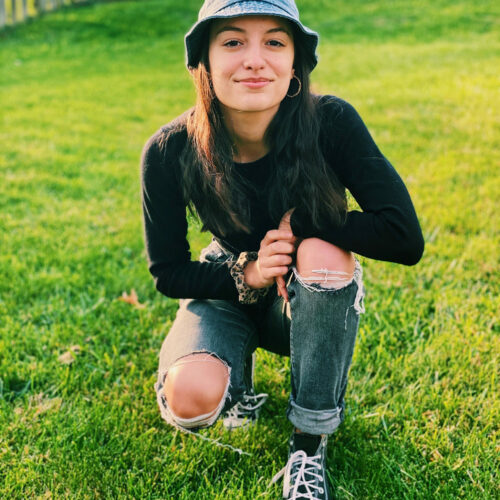
CarmenRose Fiallo (she/her)
Age: 24
Tell us about your migraine journey.
CF: “Three years ago, I was involved in two car accidents, about a month apart, and was left with two serious concussions. My symptoms started right away — head pain, nausea, sensitivity to light, brain fog, memory loss, and more. The symptoms lingered, and only seemed to get worse. I was always dismissed and told my symptoms would go away. But they never did; they only got worse.
Finally, after three years of being gaslighted about my condition, I saw a neurologist and got my diagnosis. That was only six months ago. At that point, I was experiencing 15 migraine attacks a month. I now experience a migraine attack every single day. I have learned so much about the health care system (good and bad) while on this journey with my disability. It has only further driven my desire for advocacy and community outreach so that no one has to experience what I have.”
Why is it meaningful to you to have a voice/presence at HOH?
CF: “I want to represent folks with my identities. Intersectionality is so important when we talk about advocacy. I am so much more than a disabled woman. I am a queer, Latina, disabled woman. All of those identities are crucial for my experiences and my story. This opportunity is meaningful because representation matters.
For BIPOC/LGBTQ+ folks living with migraine, it is more common to feel that your doctors don’t believe you. It is also more common to not receive the proper care you need at that moment. I believe that a lack of representation in medical providers for BIPOC/LGBTQ+ folks can lead to under-reporting and under-diagnosing.
I am hoping to make a difference by telling my unique story and making folks feel seen. Stories are so powerful when it comes to advocacy. They make it real. They make it stick. Because of all the identities I bring to the table, I have a unique story. It is much different than the experience of white cis men going through the health care system. I am not speaking for everyone in my communities, but just sharing my experiences and how they differ from other peoples.’ I hope to highlight these differences, so we can make the system better for everyone.”
What’s your main message to other BIPOC/LGBTQ+ patients living with migraine?
CF: “You’re not alone. There are other people who share your experience and feelings. I think one of the hardest parts of any invisible illness or condition is feeling isolated. Since people can’t see it easily, it can feel like no one understands you. I have found an amazing community online of queer BIPOC folks that live with migraine, and it has helped me immensely. This community has provided me with so much validation when sharing my experiences. I have learned how crucial validation is when navigating your disability journey. I want to continue to remind BIPOC patients living with migraine that they are not alone.”
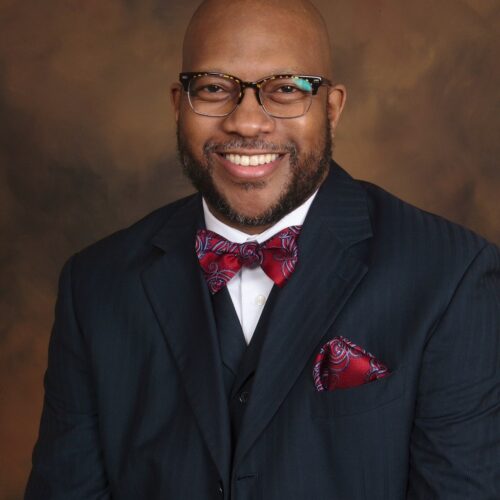
Qasim Amin Nathari (he/him)
Age: 57
Tell us about your migraine journey.
QN: I have been living with migraine for more than two decades, if you exclude the childhood migraines that were not diagnosed. Although I have been blessed to achieve some career and professional success, I have also lived the reality of having a career impacted and ultimately derailed by chronic severe migraine. As a Black man in America, I assert that life with migraine presents its own set of challenges, and I am determined to be a voice for the oftentimes marginalized and overlooked segment of humanity who live with this invisible disease.
Why is it meaningful to you to have a voice/presence at HOH?
QN: “This is a unique opportunity to participate in a conversation and process that most Black men with migraine will most likely not get. Having worked in government, at both the municipal level and for campaigns for a now U.S. Senator and congressman, I understand how important it is to have a diversity of voices participating in initiatives such as Headache on the Hill. I hope to use the experience of my personal migraine journey to add value to the discussion around BIPOC in the migraine community.”
What’s your main message to other BIPOC patients living with migraine?
QN: “We can’t afford to be silent. The reality of being marginalized all too often in the society-at-large, being marginalized in the migraine community, has devastating consequences and lowers the chances of a positive outcome with respect to diagnosis and treatment. This is a challenge that must be acknowledged at both the governmental level as well as by the pharmaceutical industry and medical community.”
Want to Get More Involved with Patient Advocacy?
If you’re interested in getting involved in migraine or BIPOC advocacy at GHLF, you can email Sarah here. Your voice in advocacy matters. The 50-State Network is the grassroots advocacy arm of CreakyJoints and the Global Healthy Living Foundation, comprised of patients with chronic illness who are trained as health care activists to proactively connect with local, state, and federal health policy stakeholders to share their perspective and influence change. If you want to effect change and make health care more affordable and accessible to patients with chronic illness, learn more here.
Loder S, et al. The prevalence, burden, and treatment of severe, frequent, and migraine headaches in us minority populations: statistics from national survey studies.Headache: The Journal of Head and Face Pain. February 2015. doi: https://doi.org/10.1111/head.12506.
World Health Organization. Headache disorders. April 2016. https://www.who.int/news-room/fact-sheets/detail/headache-disorders.
SUBSCRIBE TO GHLF
RELATED POST AND PAGES
_
Was this article helpful?
YesNo


